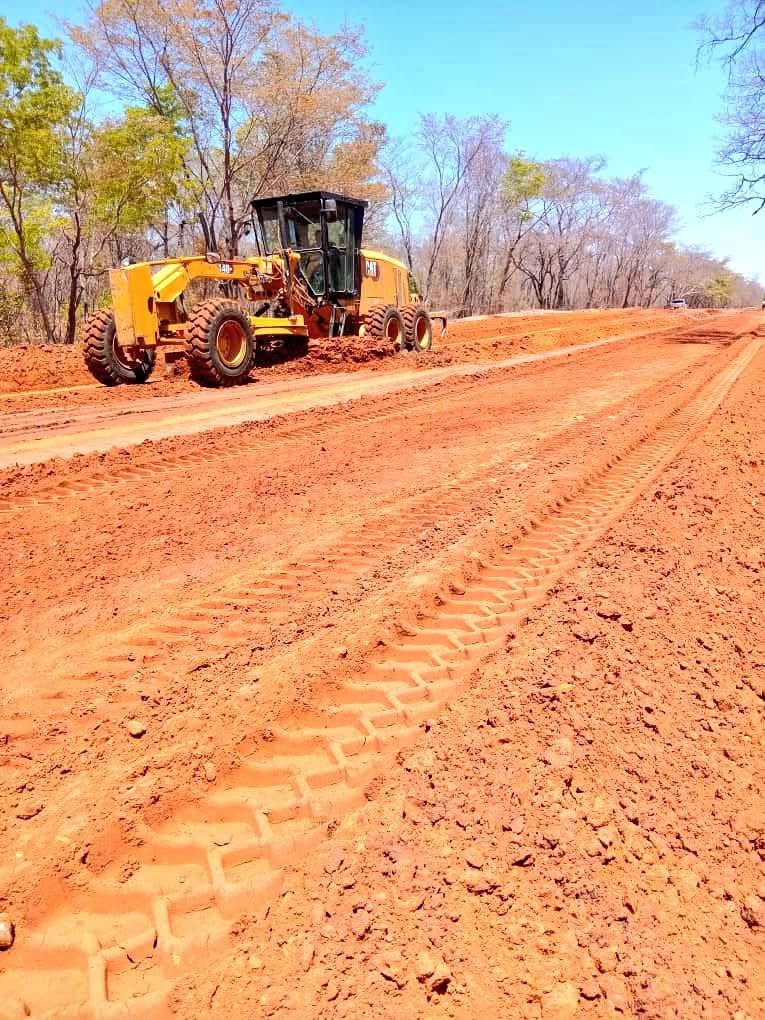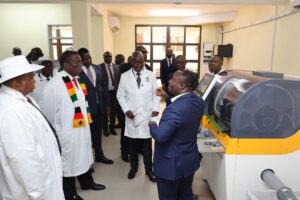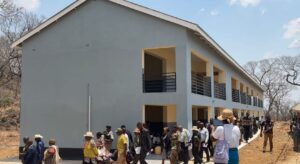Kwekwe–Nkayi–Lupane Road Project Gains Traction as Construction Progresses in Lupane
3 min read
Lupane – Construction work on the long-awaited Kwekwe–Nkayi–Lupane Road Project has commenced in earnest, with visible activity now underway in the Lupane area.
This marks a major step forward in one of Zimbabwe’s key road development initiatives, designed to connect central and north-western parts of the country while unlocking new economic opportunities along the corridor.
The Kwekwe–Nkayi–Lupane Road, once complete, will serve as a crucial transport artery linking Midlands Province to Matabeleland North, enhancing trade, mobility, and access to social services for communities that have long struggled with poor road conditions.
For decades, residents and travelers along this route have faced significant challenges due to the deteriorating gravel road, which often becomes impassable during the rainy season.
The ongoing construction work represents a major relief for rural communities, small-scale farmers, and transport operators who depend on this road for economic activity and access to essential services.
Local business owner Mrs. Nomusa Sibanda of Nkayi described the project as a “lifeline” for the region.
“This road connects us to major towns like Kwekwe and Lupane, where we get supplies and markets. Once it’s tarred, it will reduce transport costs and help our businesses grow,” she said.
The improved road will also support agriculture, mining, and tourism, sectors that rely heavily on efficient logistics. With Lupane strategically located along the Bulawayo–Victoria Falls corridor, the project is expected to enhance regional integration and boost domestic tourism by improving access to destinations such as Hwange National Park and Victoria Falls.
The Kwekwe–Nkayi–Lupane project forms part of the Second Republic’s broader commitment to infrastructure rehabilitation under the stewardship of His Excellency the President Dr. ED. Mnangagwa under Vision 2030, which seeks to transform Zimbabwe into an upper-middle-income economy.
Government has prioritized road construction as a driver of economic growth, with ongoing works on major highways such as Harare–Beitbridge, Bulawayo–Victoria Falls, and Mutare–Masvingo.
The Kwekwe–Nkayi–Lupane Road complements these national efforts by linking rural and peri-urban districts to major economic hubs.
Speaking recently, a Ministry of Transport official noted that the project is being implemented through local contractors, ensuring job creation and skills development within the communities.
“This is more than just a road – it’s a development corridor. We are committed to using local expertise and resources so that communities benefit both during and after construction,” the official said.
Upon completion, the road is expected to significantly reduce travel time between Kwekwe and Lupane, creating a smoother flow of goods and services.
Improved accessibility will attract new investment into agro-processing, forestry, and mining ventures, which are abundant in the Midlands and Matabeleland regions.
Economists have hailed the project as a catalyst for rural industrialization and spatial inclusion, bringing marginalized districts closer to national economic activity.
Enhanced connectivity will also encourage the movement of skilled labor, facilitate market linkages, and improve access to education and healthcare.
Local authorities and community leaders have expressed appreciation for the government’s focus on participatory development.
The inclusion of community-based monitoring and employment opportunities for local youth has strengthened the sense of ownership and accountability among residents.
Chief Mabhikwa of Lupane underscored the importance of continued engagement. He asserted that, “This project must remain people-centered. It’s our duty as traditional leaders to ensure our communities safeguard this development and contribute positively to its success.”
As construction advances, attention is turning to quality assurance and sustainability. Engineers are prioritizing durable materials and drainage systems suited to the region’s climate.
The project will include the installation of proper signage, bridges, and culverts to ensure road safety and longevity.
The government has assured the public that work will continue in phases, subject to funding and resource allocation.
Early progress in Lupane is being closely monitored, with additional sections expected to open as construction milestones are achieved.
The Kwekwe–Nkayi–Lupane Road Project symbolizes more than just infrastructure; it embodies the vision of a connected, inclusive Zimbabwe — where every region, no matter how remote, plays a role in the nation’s journey toward modernization and prosperity.
As the hum of construction machinery fills the Lupane air, hope is being paved — one kilometer at a time.




